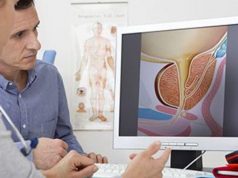Significant reduction of kerma area product and air kerma at interventional reference point in LDP group
FRIDAY, Dec. 30, 2016 (HealthDay News) — A lose dose protocol (LDP) can reduce patient radiation exposure during percutaneous coronary intervention (PCI), according to a study published in the Jan. 15 issue of The American Journal of Cardiology.
Davide Maccagni, R.T., from San Raffaele Hospital in Milan, and colleagues examined the effectiveness and impact of a radiological LDP in terms of reducing exposure to radiation during PCI. Nine hundred six consecutive patients who underwent PCI between November 2014 and October 2015 were assessed: 63 percent were treated with standard dose protocol (SDP; 15 frames/second for cine acquisition and standard settings for fluoroscopy) and 37 percent with the LDP (7.5 frames/second for cine acquisition and low-dose settings for fluoroscopy).
The researchers found that there was a significant reduction of kerma area product and air kerma at interventional reference point in the LDP group (both P < 0.0001). There were marked differences relating to the exceeding of International Commission on Radiological Protection and National Council on Radiation Protection and Measurements’ air kerma at interventional reference point trigger level; these were significantly lower in the LDP group (P < 0.0001). In complex PCI these differences were more relevant.
“The implementation of LDP allowed a marked reduction in patient dosimetric parameters for PCI and significantly reduced the risk of exceeding the International Commission on Radiological Protection/National Council on Radiation Protection and Measurements trigger levels for potential skin injuries,” the authors write.
Two authors disclosed financial ties to Direct Flow Medical; one author disclosed ties to Medtronic.
Full Text (subscription or payment may be required)
Copyright © 2016 HealthDay. All rights reserved.








